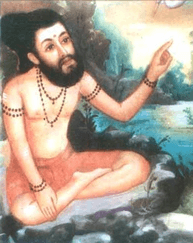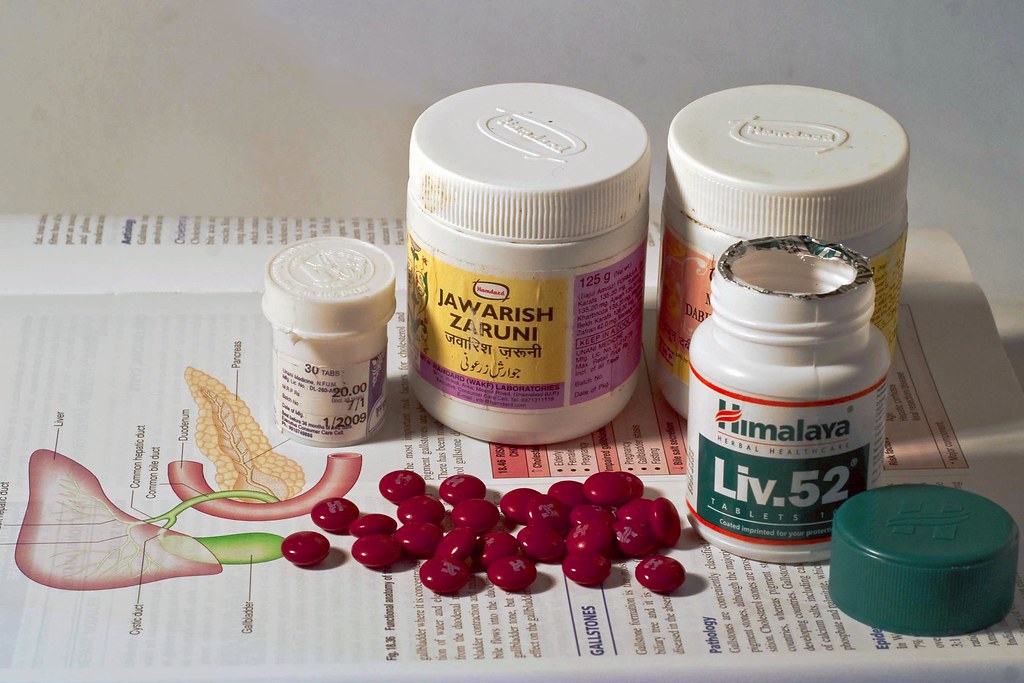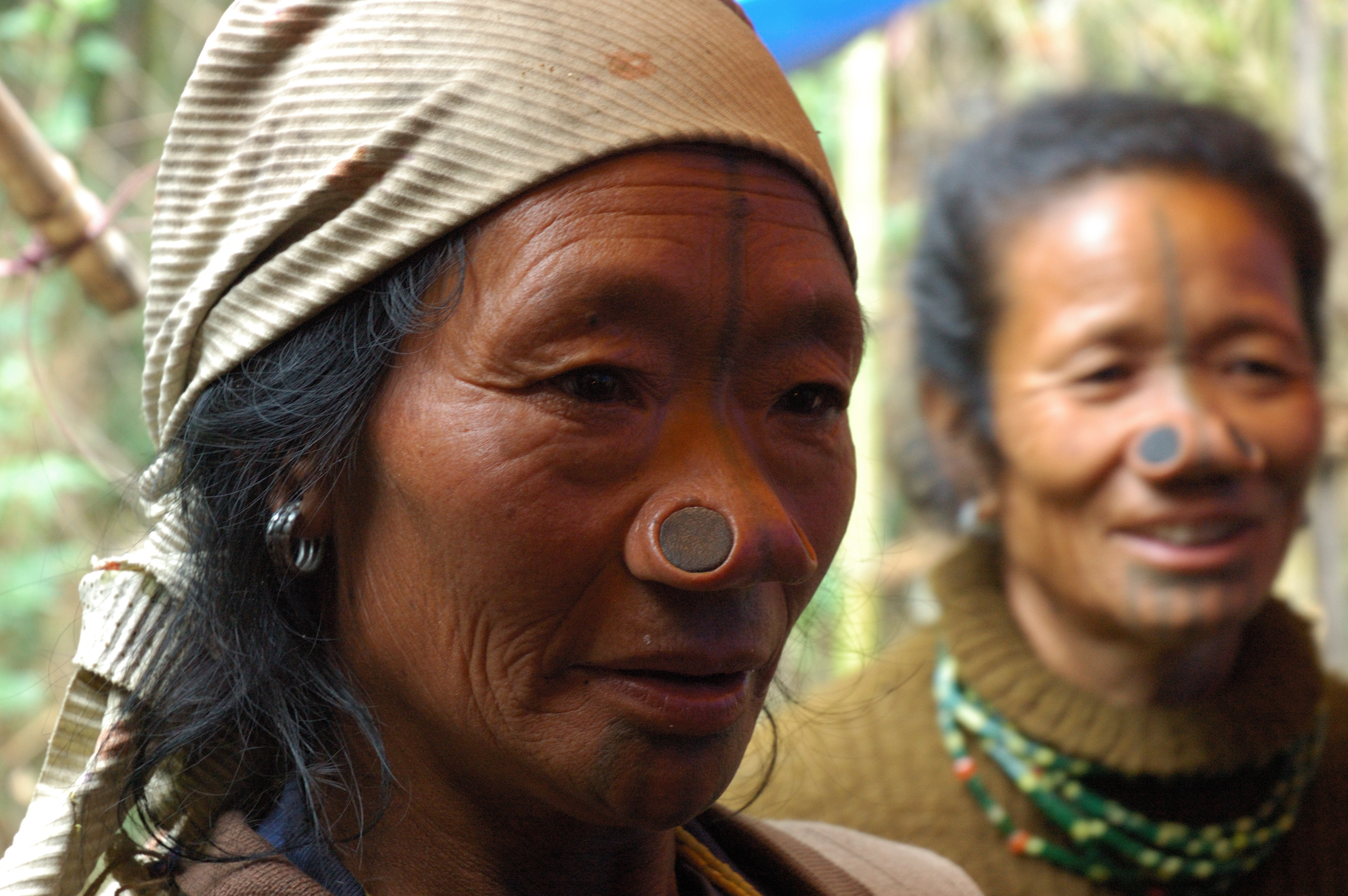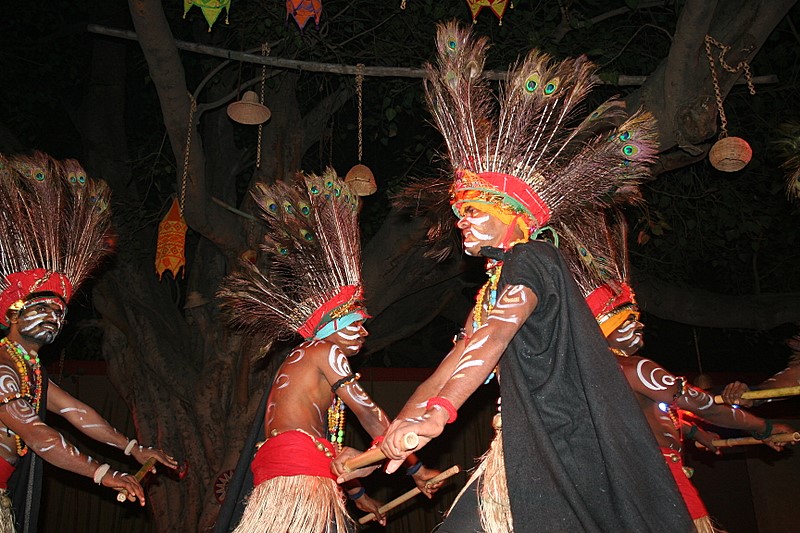Indian System of Traditional Medicine
Indian traditional medicine or Indian Systems of Medicine is one of the oldest medicinal disciplines of the world, which mainly comprises or practices six distinguished and recognized systems - Yoga. Ayurveda, Unani, Siddha, Naturopathy and Homeopathy. Plants are an integral part of these systems where Ayurveda uses around 1200 to 2000 plants, Siddha includes 500 to 1300 plants, Unani utilizes 400 to 1000 plants and Homeopathy employs around 800 plants along with detailed comprehensive explanation and documentation of their medicinal and therapeutic uses.

Ayurveda
In Vedic medicine, pulmonary tuberculosis (PTB) is considered similar to Yakshma and eventually it received the revised name in Ayurvedic discourses as Rajyakshma. The Patipukur TB Hospital in Kolkata marked the beginning of ayurvedic therapy for TB in 1933 which continued till 1947. Rajyakshma is mainly ascribed to Dhatukshaya (tissue emaciation or loss) which triggers off the pathogenesis in patients along with Dhatwagninasana (metabolic dysfunction) where rasa (tissue fluid), rakta (blood), mamsa (muscle), meda (adipose tissue), and sukra (generative tissue) are lost which subsequently leads to decline of immunity or Ojokshaya.
Rasayana, a drug reported by Vyas and group with 9 different plants and administered in capsule form was evaluated for its adjunct properties with anti-TB drugs. Bhringarajasava , a liquid Ayurvedic formulation comprising of Bhringaraja (Eclipta prostrate Linn.) along with Pippali (Piper longum Linn.), Haritaki (Terminalia chebula Retz.), Jatiphala (Myristica fragrance Houtt.), Lavanga (Sygizium aromaticum Linn. ), Ela (Elatteria cardamomum), Tamalapatra (Cinnamomum tamala), Twak (Cinnamomum zeylanicum), Nagakesara (Messua ferrea), and Gudam (old cane jaggery) was studied for its efficacy against pulmonary tuberculosis. Ashwagandha (Withania somnifera) and Chyawanprash, a polyherbal preparation described in Chikitsa-sthana of Charaka samhita were also investigated for assessing their adjunctive properties in TB therapy.These Ayurvedic treatment strategies showed many improvements in the patients' health like gain in body weight and increased bioavailability.
Siddha
The oldest medical system in India is the Siddha system, which is often referred to as Tamailians' mother medicine. The word "Siddha" comes from the word "Siddhi," which means accomplishment. Siddhars were yogis, philosophers who achieved perfect health, and wisdom from meditation, or tapa. For treatment of Shayam (Tuberculosis) many different plants (Justica beddomei, Glycyrrhiza glabra, Terminalia bellirica etc) as well as Siddha formulations are described which report to possess anti-TB properties .


Unani
According to the Unani medical system, illnesses arise from the occurrence of uncontrollable natural processes. The symptoms of a certain disease are the body's response to it. An unani doctor's job is to support the body's inherent healing abilities. Hippocrates was the first doctor to present and use this Unani medical system tenet. In Unani medicine, the preservation of health is the most important factor.
Pulmonary tuberculosis is referred to as tap-e-diq, humma-e-diq, or Tadarrun-e-Revi in the Unani medical system. Due to TB, an ulcer, known as sil is formed in the lungs. The treatment of sil includes Tajfeefqarha (location and ulcer detection), Iltiham (healing of ulcer), Tanfeethwatagariya (lubrication and protection), Tanquiya (wound cleaning), lungs' strengthening, temperature stabilisation followed by a good diet.
The medication that is considered beneficial for the management of sil includes milk from donkey and goat ,bird’s meat, Hammame moatadil and aabzan (Sith bath),Tabsheer, Acacia, Arabica (Samagh-e-Dique), Armeniam Bole (HabbulAas), Persiawshan, Kundur, Punicagranatum (gulnar).
Yoga and Naturopathy
Naturopathy is a method of medicine that harnesses the force of nature and is seen as a philosophy, science, and art . Yoga frequently suggests a holistic approach to the diagnosis and management of infections.
The primary goal of the medical system is to improve the quality of life for the ailing population, even though each disease has its own set of criteria. Naturopathy and yoga are mostly non-drug treatments .


Homeopathy
Homoeopathy is a unique, organic, holistic medical technique that stimulates the body's own healing processes without the need for prescription drugs or frequent adverse effects. These ideas were created by Samuel Hahnemann, the father of homoeopathy, in his book Organon of Medicine, also known as Organon of Healing A. Since homoeopathy lacks a holistic approach to treatment, it is unable to cure tuberculosis (TB) due to the insufficiency of homoeopathic water portions. However, new research indicates that homoeopathic treatment can be used in conjunction with antibiotics to enhance their effects while delivering the medication to the intended site of action.
Tribes and Traditional Medicine
In addition to the codified medicinal systems, there is another important facet contributing to the healthcare system and therapeutics of tuberculosis-the non-codified folk medicine. This kind of system is culturally diverse and associated with deep rooted traditions followed and practised by the indigenous tribes and local healers/villagers .It varies from one region to other with respect to the flora available, its utilization and administration in various forms like infusion, decoction, paste etc.
In India, tribal population constitutes about 8.6 percent of India’s total population, about 104 million people according to the 2011 census. The tribal belt in India mainly includes the western region (eastern Gujarat, south-eastern Rajasthan, north-western Maharashtra and western Madhya Pradesh),central region (eastern Maharashtra and Madhya Pradesh, western and southern Chhattisgarh, northern and eastern Telangana, northern Andhra Pradesh and western Odisha) and the eastern belt (Jharkhand and adjacent areas of Chhattisgarh, Odisha and West Bengal along with north-eastern states). Although not properly documented and regardless of the availability of modern medicine, the herbal remedies based on the traditional knowledge are still prevalent amongst several tribes of India for the treatment of tuberculosis. Another reason is the poor socio-economic conditions which causes the disease to spread. Tribes of Amarkantak region prepare herbal formulations of various medicinal plants and administer them in form of powder mixed with honey or jaggery at a dose. In Arunachal Pradesh, Apatani tribe mixes the extract of the plant Centella asiatica with water and takes it in the form of a health tonic for curing tuberculosis.


References
1. Debnath PK, Chattopadhyay J, Mitra A, Adhikari A, Alam MS, Bandopadhyay SK, Hazra J. Adjunct therapy of Ayurvedic medicine with anti-tubercular drugs on the therapeutic management of pulmonary tuberculosis. Journal of Ayurveda and integrative medicine. 2012 Jul;3(3):141.
2. Samal J. Ayurvedic management of pulmonary tuberculosis: A systematic review. Journal of intercultural ethnopharmacology. 2016 Jan;5(1):86.
3. Sharma P, Goyal RK, Nandave M. A Review: Prevention, Treatment and Management of Tuberculosis through Combinational Approaches of Different Indian Systems of Medicine. Drug Research. 2020 Feb;70(02/03):65-70.
4. Chand KS, Manchanda RK, Mittal R, Batra S, Banavaliker JN, De I. Homeopathic treatment in addition to standard care in multi drug resistant pulmonary tuberculosis: a randomized, double blind, placebo controlled clinical trial. Homeopathy. 2014 Apr;103(02):97-107.
5. Mondal S, Bhattacharya S. Tribal Medicine of India: an evolving ancient tradition. The ESRF Research Journal for Undergraduate Medical Students.2023;1(1):3-5.
6. Upadhya V, Hegde HV, Bhat S, Kholkute SD. Non-codified traditional medicine practices from Belgaum Region in Southern India: present scenario. Journal of Ethnobiology and Ethnomedicine.2014;10(49):1-14.
7. Kachhi RS, Saket VK, Sharma P, Singh P. Treatment of tuberculosis using ethno-medicinal plants of Amarkantak region. Asian J Anim Vet Adv. 2018;13(1):52-60.
8. Khongsai M, Saikia SP, Kayang H. Ethnomedicinal plants used by different tribes of Arunachal Pradesh. Indian Journal of Traditional Knowledge. 2011;10(3):541-6.